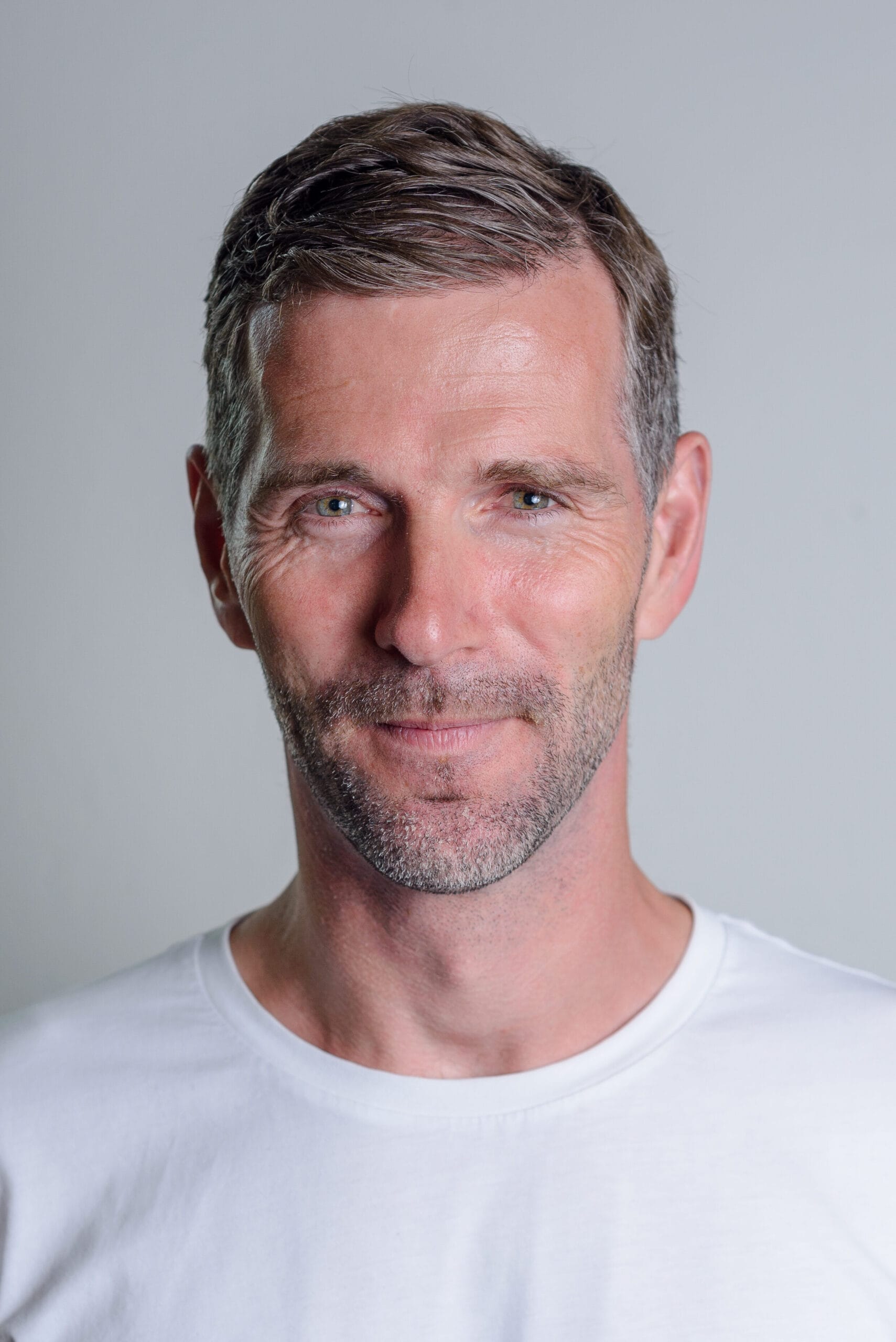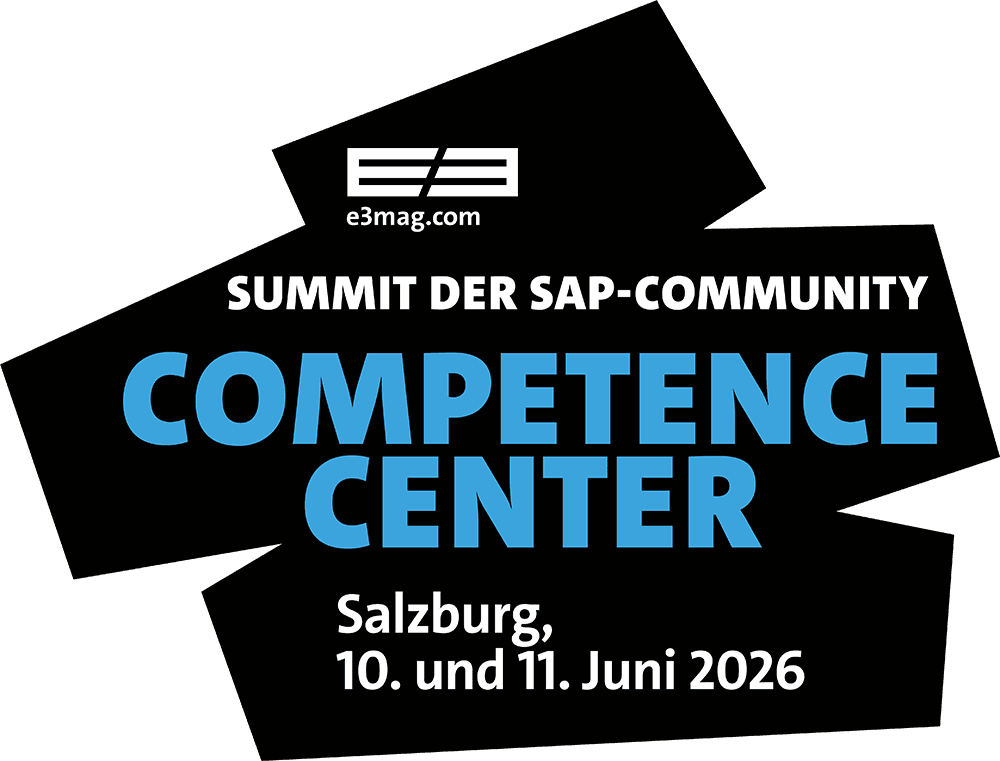

In the current Transformation Study 2025, Natuvion and NTT Data Business Solutions surveyed over 900 managers of medium-sized and large companies worldwide to find out what prompted them to transform and what they actually achieved. The results show some major differences, both in terms of the delta between desire and target achievement and in a comparison of individual countries and regions.
Expectations are high
In connection with major transformations such as S/4, companies often question existing processes and systems. Often with ambitious goals. From an international perspective, the main motivation for launching such an extensive and complex process was clearly innovation rather than process optimization. In first place (57 percent) - and far behind other motivators - was the introduction of modern technologies such as AI.
At 43.4%, the number two desired result was greater flexibility and the associated faster response to changing market conditions. In third place was the increase in innovative capacity with 42.8 percent of votes. Incidentally, licensing reasons were in last place. Upgrading to newer software versions or platforms is therefore seen more as a necessary obligation, but not as a reason for an entire IT transformation. The motivations in the country comparison are interesting. The goal of "introducing new technologies" is consistently in first place. Eastern Europe is in second place. In contrast to the global ranking, in which flexibilization comes in second place, Eastern Europeans see cost reduction as the second most important topic.
The situation is similar in the four Nordics countries. There, however, the gap between first place, the introduction of new technologies, and cost reduction (52.8%) is small. In addition, in Scandinavia, the topic of sustainability is particularly important with 51.9 percent in third place. There are also differences in the objectives of American managers. Here, as everywhere else, the introduction of new technologies is in first place, but unlike in all other regions, increasing the ability to innovate comes a distant second (51.6%) and improving customer service comes third with 51%.
Too often in IT transformations, the goals set and the results achieved are not congruent. In the Natuvion transformation study, 31 percent of respondents stated that they had not or not fully achieved their goals. The comparison between the regions is interesting in this context: At 75 percent, Americans are the most likely to believe they have achieved their goals, while the French are the least likely to be convinced of their results at 57 percent. DACH ranks in the middle with 73.4 percent.
"IT transformations are too time-consuming, too resource-intensive and too expensive to realize afterwards that only part of the set goals have been achieved. Disappointments regarding the achievement of objectives usually come from inadequate preparation. If the data is not consistently analyzed and optimized in advance of the transformation, it is fundamentally more difficult to achieve the goals. In addition, there is often a lack of experience with large transformation projects and, as a result, a transformation strategy that does not fit either the initial situation or the goals set," says Patric Dahse, CEO and co-founder of Natuvion.

"If the data is not consistently analyzed and optimized in advance of the transformation, it is fundamentally more difficult to achieve the goals."
Patric Dahse,
CEO and co-founder,
Natuvion
The delta is too big
Transformations are complex projects. Many variables must therefore be examined during the preparation phase to ensure a realistic target definition. One key aspect of this is ensuring a good database. If the data is not of the highest quality, this deficiency will increase throughout the entire project and make previously defined goals unattainable in some cases. Extensive housekeeping of the data is therefore of crucial importance. This involves deleting or archiving old data and checking, consolidating and optimizing the necessary databases. AI-supported tools can help significantly here.
IT transformation study
As part of the Transformation Study 2025, 909 managers of medium-sized and large companies in Germany, Austria, Switzerland, the UK, France, Sweden, Denmark, Norway, Finland, Poland, Hungary, Slovakia and the USA were surveyed anonymously. All respondents stated that they were either currently carrying out a transformation project or had completed one within the last two years. More than 75 percent of respondents work in companies with more than 1,000 employees, and almost 20 percent of all survey participants are IT decision-makers at companies with more than 10,000 employees. The survey was conducted in February and March 2025.
ㅤㅤ




